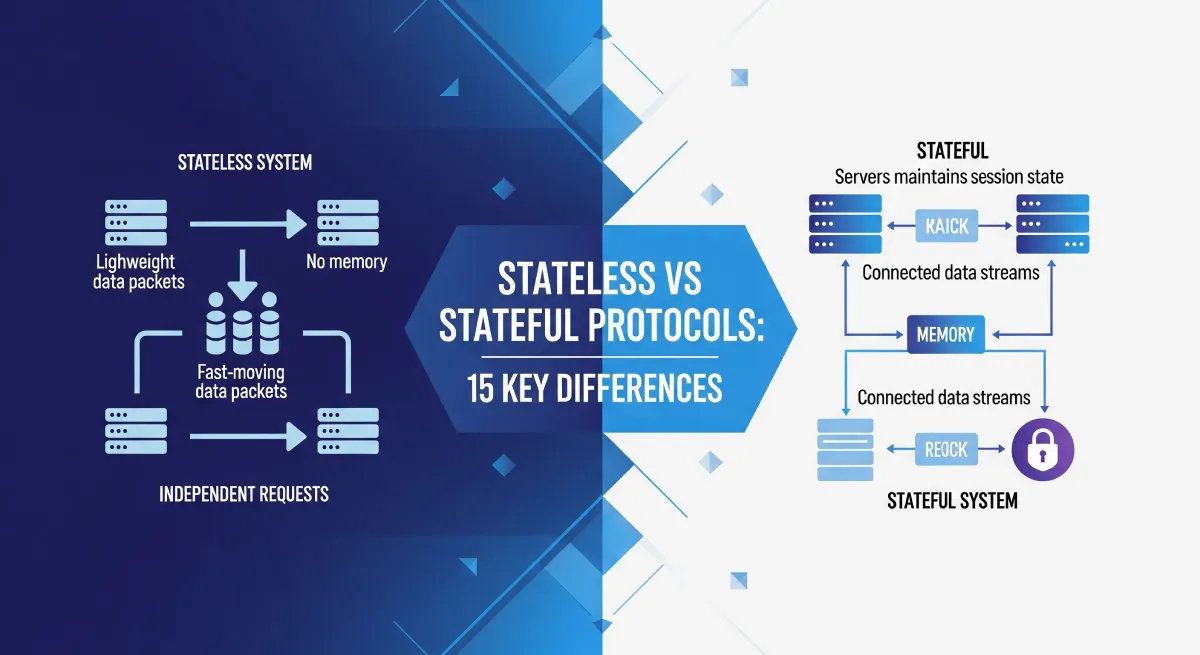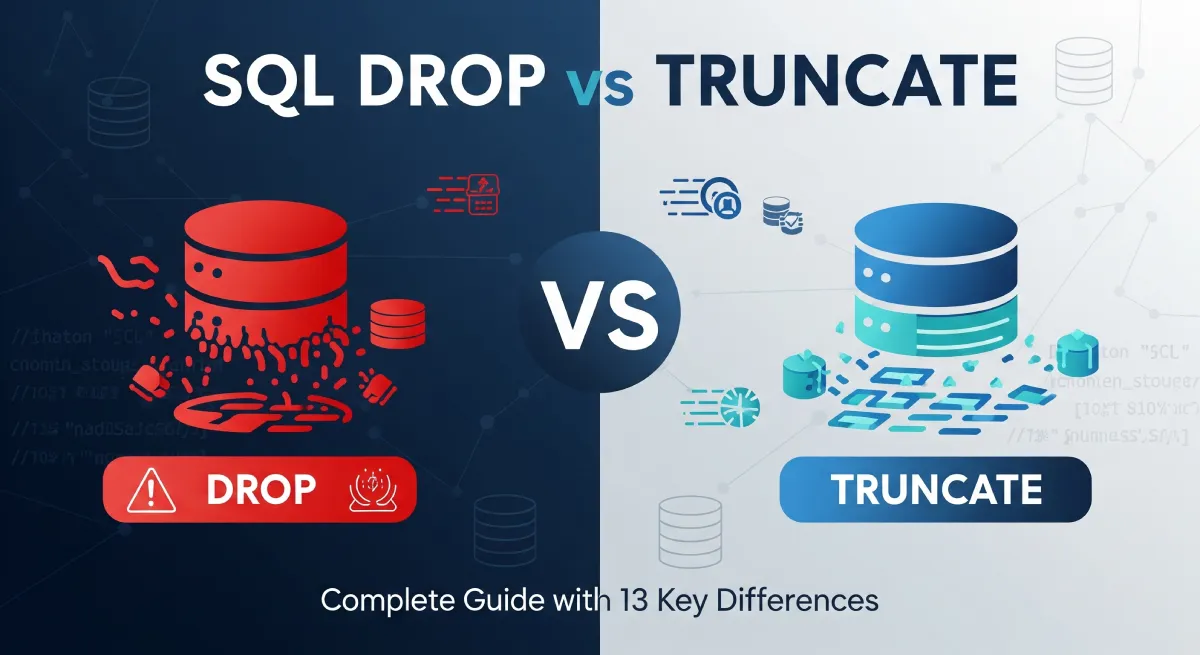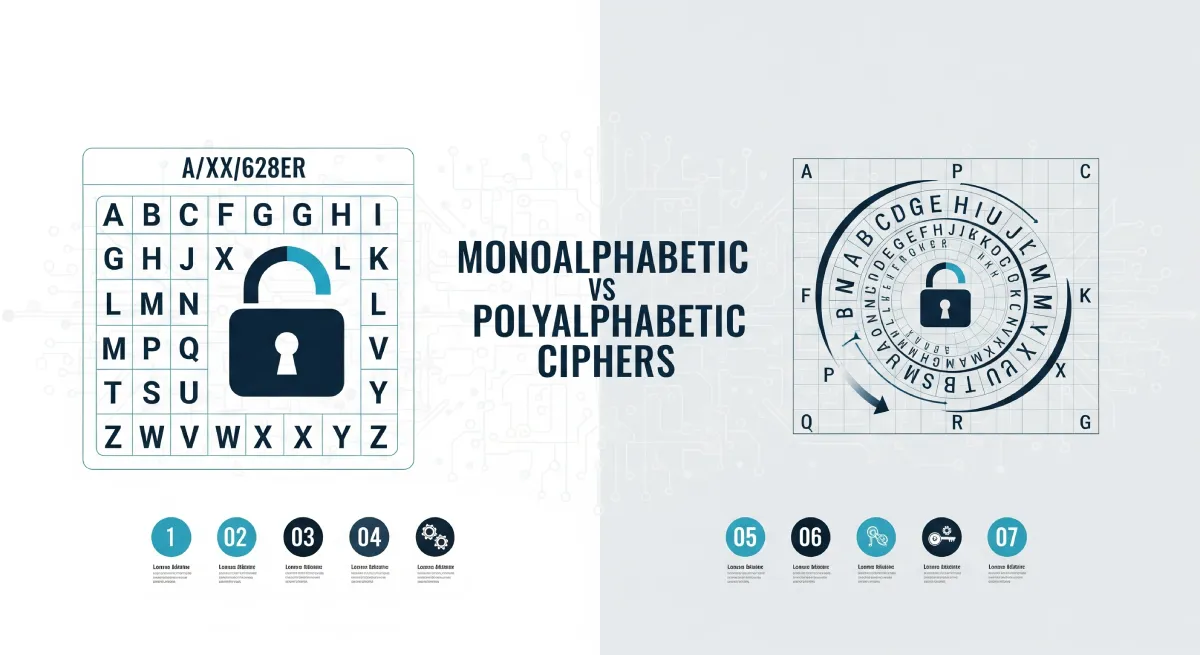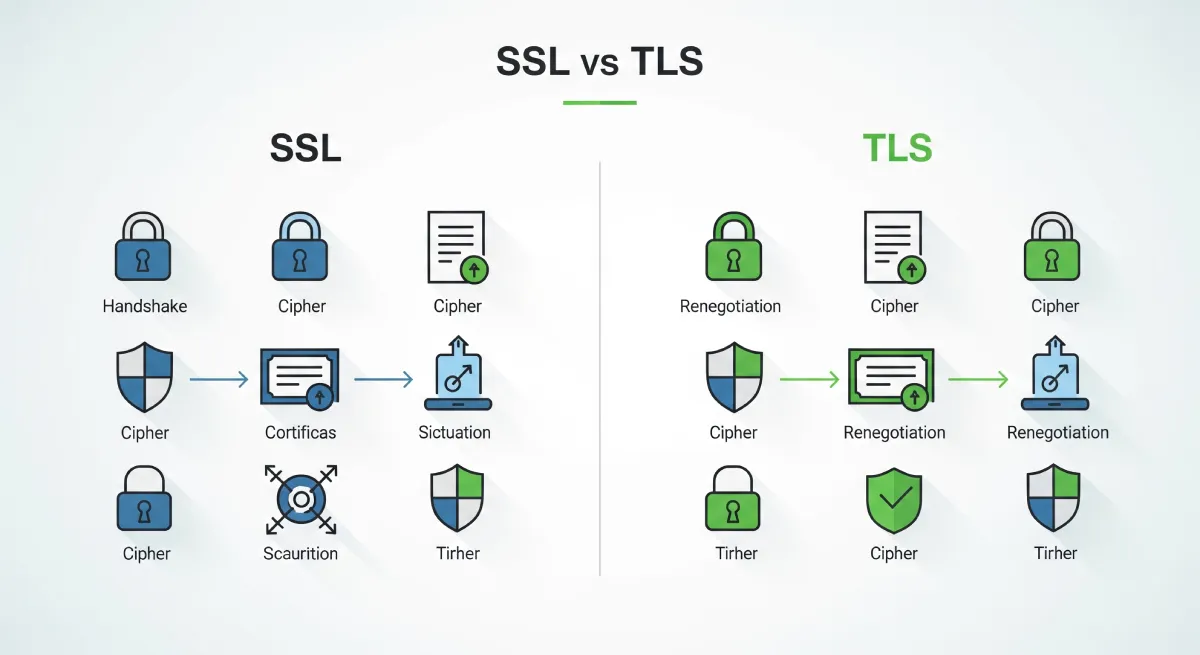When it comes to cutting-edge artificial intelligence solutions, the debate between DeepSeek AI vs OpenAI is one that dominates the tech landscape. Both platforms offer unique capabilities, but they cater to different needs and industries. Whether you’re a business leader, developer, or tech enthusiast, understanding the strengths and weaknesses of DeepSeek AI vs OpenAI is essential to making the right choice for your projects. In this comprehensive comparison, we’ll break down their core technologies, features, pricing, use cases, and more to help you decide which AI powerhouse aligns with your goals.
What Powers These AI Giants?
At the heart of DeepSeek AI lies a cutting-edge neural network designed for real-time adaptability. Its architecture is tailored to process large datasets on the fly, making it a go-to solution for industries like healthcare, finance, and supply chain management. DeepSeek’s ability to learn and evolve based on user interactions sets it apart, ensuring it stays relevant in fast-changing environments.
OpenAI, in contrast, is built on transformer-based models like GPT-4, which are trained on massive text datasets. This architecture excels in natural language processing (NLP) tasks, enabling applications such as chatbots, content creation, and even programming assistance. OpenAI’s models are highly scalable, making them suitable for a wide range of use cases.

DeepSeek AI vs OpenAI: What Can They Do?
DeepSeek AI is a powerhouse when it comes to predictive analytics and real-time decision-making. Its ability to integrate seamlessly with IoT devices and process data in real-time makes it ideal for industries that require instant insights. For example, in healthcare, DeepSeek can analyze patient data in real-time to provide actionable recommendations.
OpenAI is a jack-of-all-trades in the AI world. From generating human-like text to translating languages and summarizing content, its capabilities are vast. OpenAI’s models are also increasingly being used in software development, where they assist developers by generating code snippets and debugging programs.
Integration and Compatibility
Discuss how DeepSeek AI and OpenAI integrate with other tools and platforms. For example:
- DeepSeek AI’s compatibility with IoT devices, cloud platforms, and enterprise software.
- OpenAI’s API integration with popular tools like Slack, Microsoft Teams, and development environments (e.g., VS Code).
- Mention any limitations or challenges in integration for both platforms.
Performance and Speed
Compare the performance metrics of both platforms:
- DeepSeek AI’s real-time processing speed and latency.
- OpenAI’s response times for text generation and API calls.
- Include benchmarks or case studies (if available) to highlight their performance in real-world scenarios.
How Much Do They Cost?
DeepSeek AI offers a tiered pricing model based on the scale of deployment and the specific features required. While it may be more expensive than some alternatives, its real-time processing capabilities and adaptability justify the cost for many enterprises.
OpenAI provides a flexible pricing structure, with pay-as-you-go options for smaller projects and enterprise plans for larger deployments. Its API-based model allows users to scale their usage according to their needs, making it accessible to both startups and established companies.
Where Do They Shine?
DeepSeek AI is particularly effective in industries that demand real-time data analysis and decision-making. For instance, in logistics, it can optimize routes and predict delivery times with remarkable accuracy. In finance, it can analyze market trends and provide investment insights in real-time.
OpenAI is a versatile tool that excels in creative and technical applications. Content creators use it to generate articles, marketers leverage it for ad copy, and developers rely on it for coding assistance. Its ability to handle a wide range of tasks makes it a favorite among diverse user groups.
Case Studies and Success Stories
Include real-world examples of how both platforms have been used successfully:
- DeepSeek AI in healthcare (e.g., real-time patient monitoring) or logistics (e.g., route optimization).
- OpenAI in content creation (e.g., generating articles for media companies) or software development (e.g., automating code reviews).
- Use specific metrics or outcomes to demonstrate their impact.
Strengths and Weaknesses
DeepSeek AI boasts unparalleled real-time processing capabilities and adaptability. However, its specialized focus may limit its appeal to industries that don’t require such advanced features. Additionally, its pricing may be a barrier for smaller businesses.
OpenAI is highly versatile and accessible, but its reliance on large datasets means it may struggle in niche applications where data is scarce. While its text generation is impressive, it can sometimes produce inaccurate or biased results, requiring careful oversight.
Competitor Comparison
When comparing DeepSeek AI vs OpenAI with other competitors in the AI space, such as Google’s Bard, IBM Watson, or Microsoft Azure AI. Highlight what makes DeepSeek and OpenAI stand out in comparison.
Data Privacy and Security
DeepSeek AI places a strong emphasis on data security, especially given its use in sensitive industries like healthcare and finance. It employs robust encryption and compliance measures to ensure user data is protected.
OpenAI also prioritizes data privacy, with strict protocols in place to safeguard user information. However, its API-based model means users must ensure their own systems are secure when integrating OpenAI’s services.
Customization and Fine-Tuning
DeepSeek AI allows for extensive customization, enabling users to fine-tune its algorithms to suit their specific needs. This level of control is particularly valuable for industries with unique requirements.
OpenAI offers fine-tuning options for its models, allowing users to adapt them to specific tasks. However, this process can be resource-intensive and may require technical expertise.
Explainability and Trust
DeepSeek AI focuses on transparency, providing users with detailed insights into how its algorithms make decisions. This is crucial for building trust, especially in high-stakes industries.
OpenAI has made strides in improving the explainability of its models, but there’s still room for improvement. Users often need to rely on external tools to fully understand the reasoning behind its outputs.
Final Thoughts
Both DeepSeek AI and OpenAI bring unique strengths to the table. DeepSeek excels in real-time data processing and adaptability, making it ideal for industries that require instant insights. OpenAI, with its versatility and wide range of applications, is a great choice for creative and technical tasks. Ultimately, the best choice depends on your specific needs and use cases.
Future Roadmap and Innovations
Explore the future plans and innovations for both platforms:
- DeepSeek AI’s focus on expanding into new industries or enhancing real-time capabilities.
- OpenAI’s roadmap for improving GPT models, reducing biases, and expanding multimodal capabilities (e.g., integrating text, image, and audio).
- Mention any upcoming features or updates that users can look forward to.
Frequently Asked Questions (FAQs)
1. Which is better for small businesses: DeepSeek AI or OpenAI?
For small businesses, <strong>OpenAI</strong> is often the better choice due to its flexible pricing, ease of use, and wide range of applications like content generation and customer support. <strong>DeepSeek AI</strong>, while powerful, is more suited for enterprises that require real-time data processing and advanced analytics.
2. Can OpenAI handle real-time data processing?
While OpenAI excels in natural language processing and text generation, it is not specifically designed for real-time data processing. For real-time applications, <strong>DeepSeek AI</strong> is a better fit due to its architecture optimized for instant data analysis and decision-making.
3. Is DeepSeek AI more secure than OpenAI?
Both platforms prioritize data security, but DeepSeek AI has a stronger focus on industries like healthcare and finance, where data privacy is critical. It employs advanced encryption and compliance measures. OpenAI also ensures security but relies on users to implement additional safeguards when integrating its API.
4. How do I choose between DeepSeek AI and OpenAI for my specific use case?
If your use case involves real-time data processing, predictive analytics, or IoT integration, DeepSeek AI is the better choice. For content creation, language translation, or coding assistance, OpenAI is more suitable. Evaluate your industry, budget, and specific needs to make the right decision.
5. Can OpenAI be used for enterprise-level applications?
Yes, OpenAI can be used for enterprise-level applications, especially in areas like customer support automation, content generation, and software development. However, for industries requiring real-time analytics and decision-making, DeepSeek AI might be a better fit.
6. Does DeepSeek AI support natural language processing (NLP)?
While DeepSeek AI focuses more on real-time data processing and predictive analytics, it does have some NLP capabilities. However, for advanced NLP tasks like text generation, summarization, or translation, OpenAI is the more robust option.
7. Which platform is more cost-effective?
OpenAI generally offers a more cost-effective solution for small to medium-sized projects, thanks to its pay-as-you-go pricing model. DeepSeek AI, on the other hand, is geared toward enterprises and may have higher costs due to its specialized features and real-time capabilities.
8. Can I use both DeepSeek AI and OpenAI together?
Yes, you can use both platforms together if your use case requires a combination of real-time data processing (DeepSeek AI) and advanced NLP or content generation (OpenAI). Many enterprises leverage multiple AI tools to address different aspects of their operations.
9. Which platform is better for healthcare applications?
DeepSeek AI is better suited for healthcare applications due to its real-time data processing capabilities, which are critical for patient monitoring and diagnostics. OpenAI can also be used in healthcare for tasks like medical documentation and research summarization.
10. Does OpenAI require technical expertise to use?
While OpenAI is designed to be user-friendly, some technical expertise is required to fully leverage its API and fine-tune its models for specific tasks. However, its extensive documentation and community support make it accessible even to non-experts.



